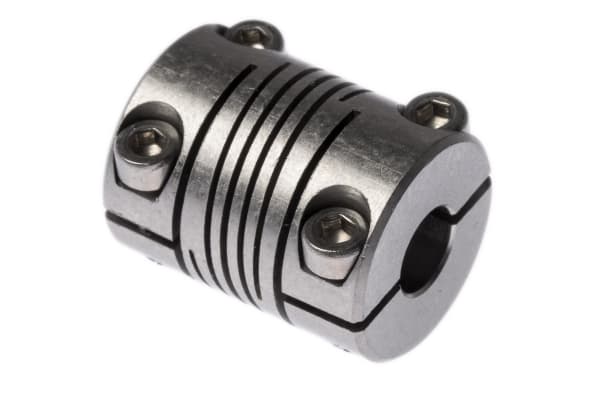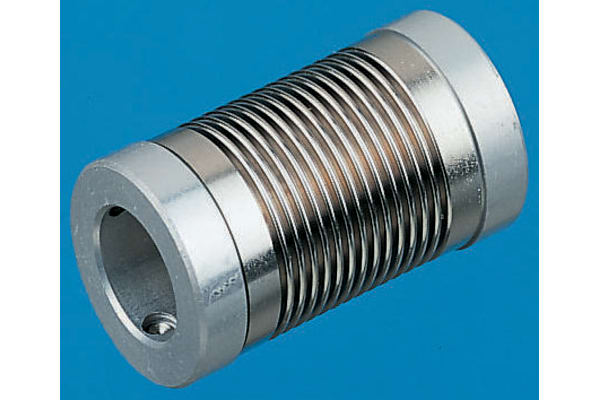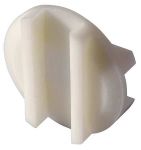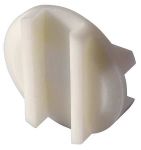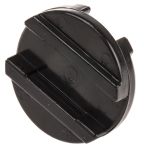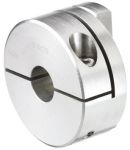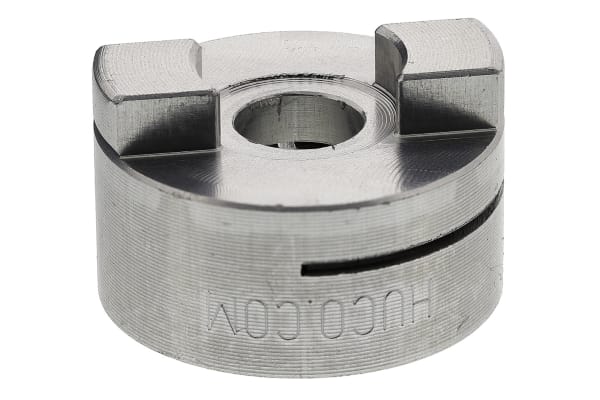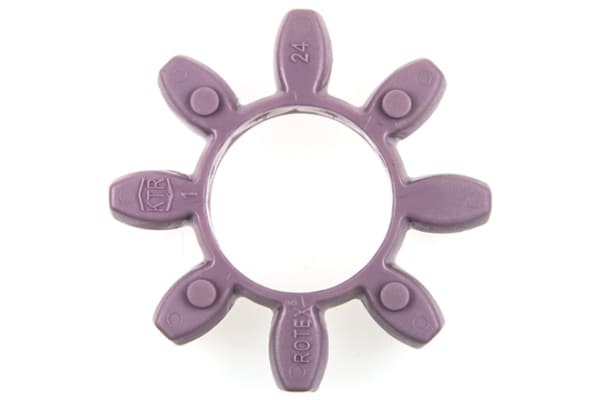Couplings
Couplings are used to join two shafts together for the purpose of transmitting power.Couplings can be either material flexing or mechanical flexing.Typical uses for couplings are motor to pump, motor to gear box and motor to electric actuator.Factors to consider unless you are replacing a like for like coupling are:Horsepower of the motorRPMBSE (the distance between shaft endsOperating temperatureSpace availableRun cycleAngular, parallel or axial misalignment handlingThere are many different types of couplings available and many factors should be considered before deciding on a specific type.Some of the types of couplings available:General purpose, backlash free, flexible beam couplings feature multiple helical cuts and are machined from one piece material. They have 0.4 to 12 Nm nominal torque range and reduces wind-up compared to single beam coupling. Flexible beam couplings are used in a variety of motion-control applications, from aviation and lab equipment to robotics and medical devices. A common industrial application arises when a motor is connected to a pump. Factory automation equipment and other machine tools rely on flexible beam couplings to transmit power from a motor source.Bellows couplings are made of a thin-walled, flexible metal corrugation (bellows) that is connected between two clamping hubs. They are designed to create a low inertia zero-backlash coupling which will last a long time without maintenance. Bellows couplings can accommodate all forms of misalignment and have a balanced design for reduced vibration at high speeds. They’re best suited for applications where precise positioning is required, such as in material handling or general automation and assembly.Jaw couplings are used within electrical motor and internal combustion systems to transmit power (torque). They are designed to connect two shafts, enabling smooth torque transmission and reducing loss of power. Jaw couplings work by preventing shock loading (the sudden and drastic increase of load in a system) and/or accommodating shaft misalignment where this has been caused by thermal expansion or manufacturing inefficiencies.
-
Huco Beam Coupling Coupler 15.9mm Outside Diamter
VND1,078,332.64 -
Huco Beam Coupling Coupler 15.9mm Outside Diamter
VND1,836,676.16 -
Huco Bellows Coupling Coupler 12mm Outside Diamter
VND4,153,336.00 -
Huco Bellows Coupling Coupler 12mm Outside Diamter
VND4,153,336.00 -
Huco Bellows Coupling Coupler 12mm Outside Diamter
VND5,407,585.92 -
Huco Bellows Coupling Coupler 82mm Outside Diamter
VND9,660,870.56 -
Huco Coupler
VND1,183,652.80 -
Huco Oldham Coupling Coupler
VND314,425.76Bag (1 Bag of 10) -
Huco Oldham Coupling Coupler
VND557,295.20Bag (1 Bag of 10) -
Huco Oldham Coupling Coupler
VND575,520.00Bag (1 Bag of 5) -
Huco Oldham Coupling Coupler
VND262,245.28Bag (1 Bag of 10) -
Huco Oldham Coupling Coupler 12.7mm Outside Diamter
VND1,495,776.48Bag (1 Bag of 4) -
Huco Oldham Coupling Coupler 12.7mm Outside Diamter
VND973,779.84Bag (1 Bag of 4) -
Huco Oldham Coupling Coupler 19mm Outside Diamter
VND546,744.00 -
Huco Oldham Coupling Coupler 19mm Outside Diamter
VND585,112.00 -
Huco Oldham Coupling Coupler 25.4mm Outside Diamter
VND388,667.84 -
Huco Specialist Coupling Coupler
VND1,028,454.24 -
Huco Specialist Coupling Coupler
VND842,369.44 -
Huco Specialist Coupling Coupler
VND760,645.60 -
KTR Jaw Coupling Coupler
VND907,403.20 -
KTR Jaw Coupling Coupler
VND950,183.52 -
KTR Jaw Coupling Coupler
VND599,500.00 -
KTR Jaw Coupling Coupler
VND776,760.16 -
KTR Jaw Coupling Coupler
VND347,230.40




